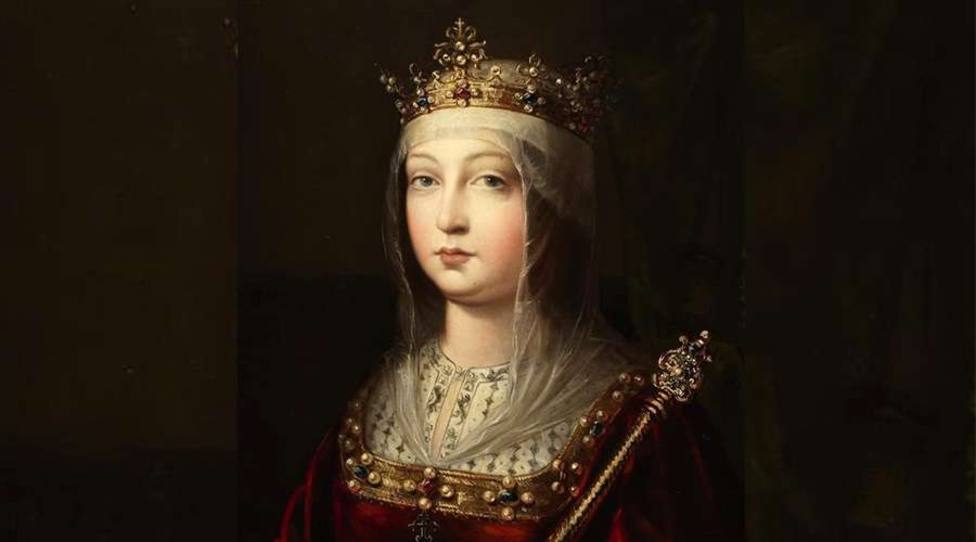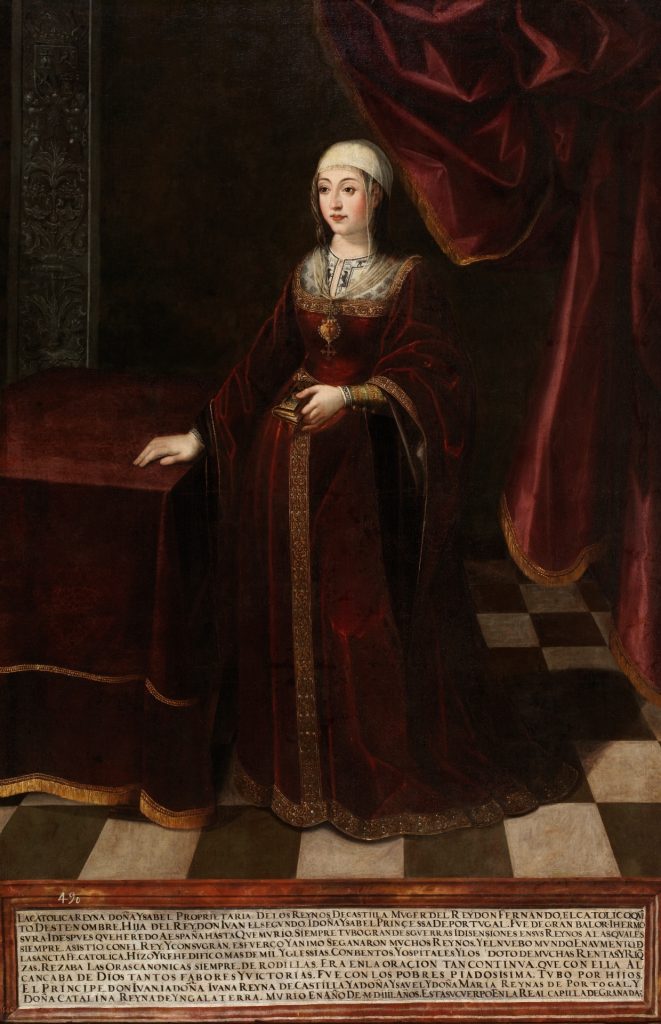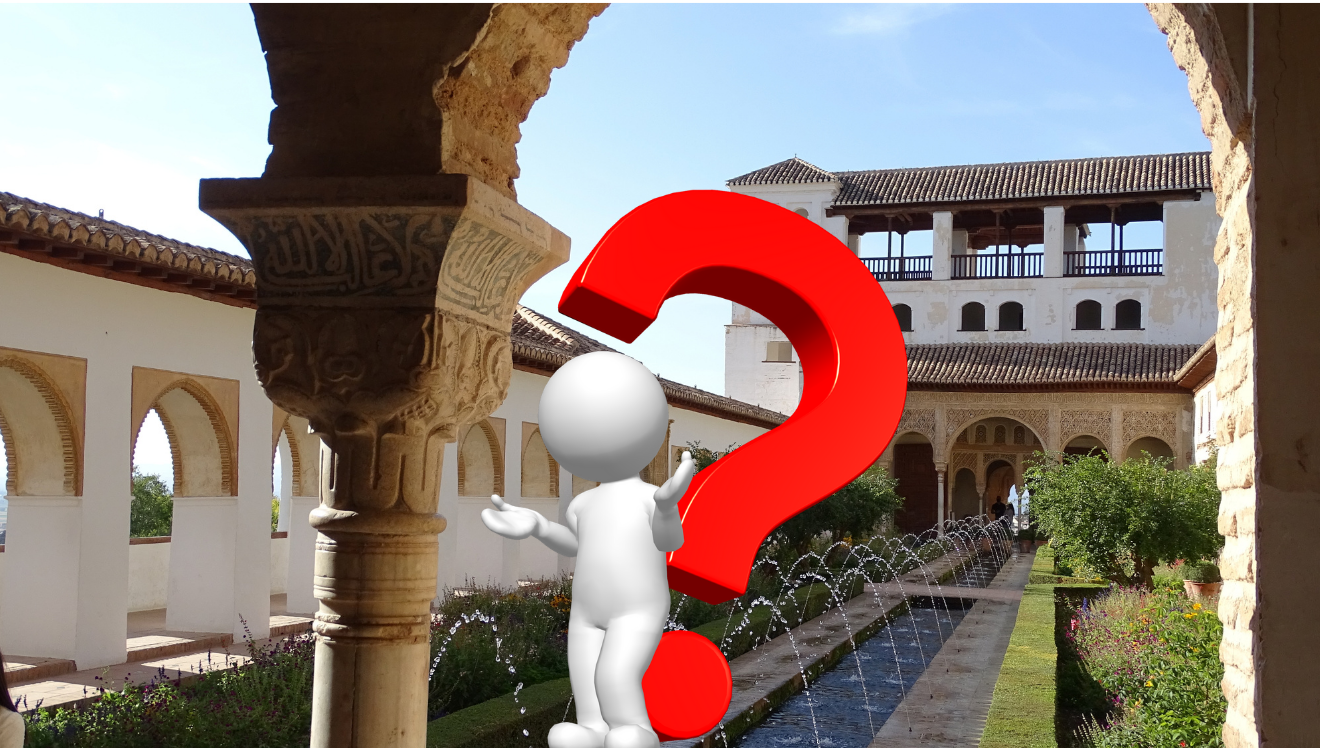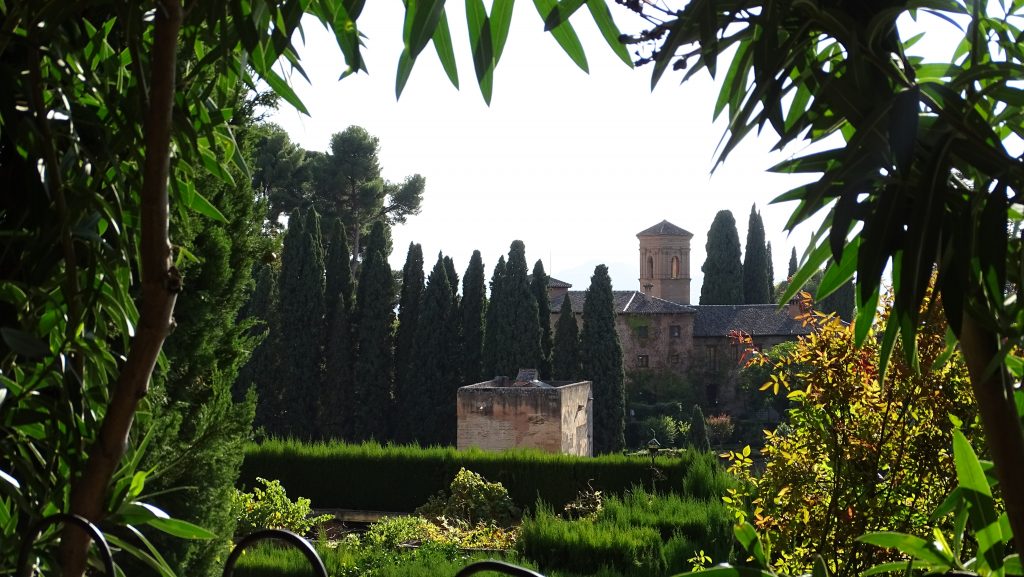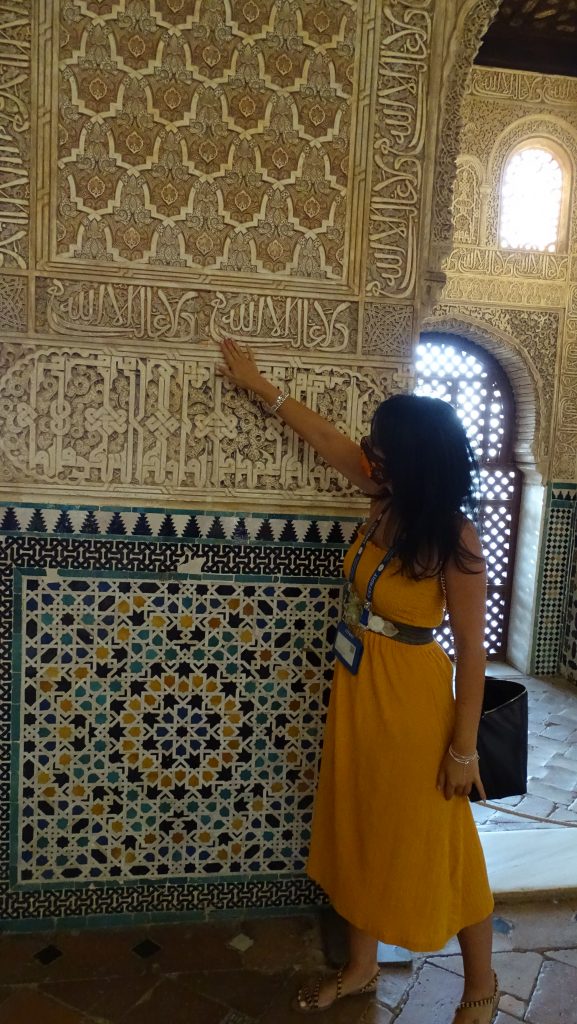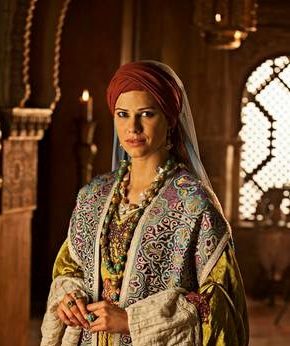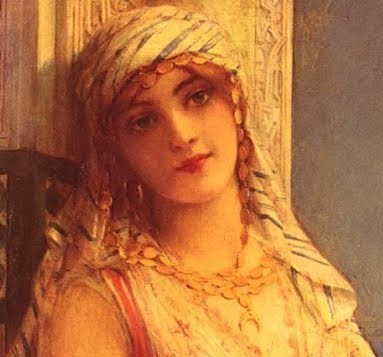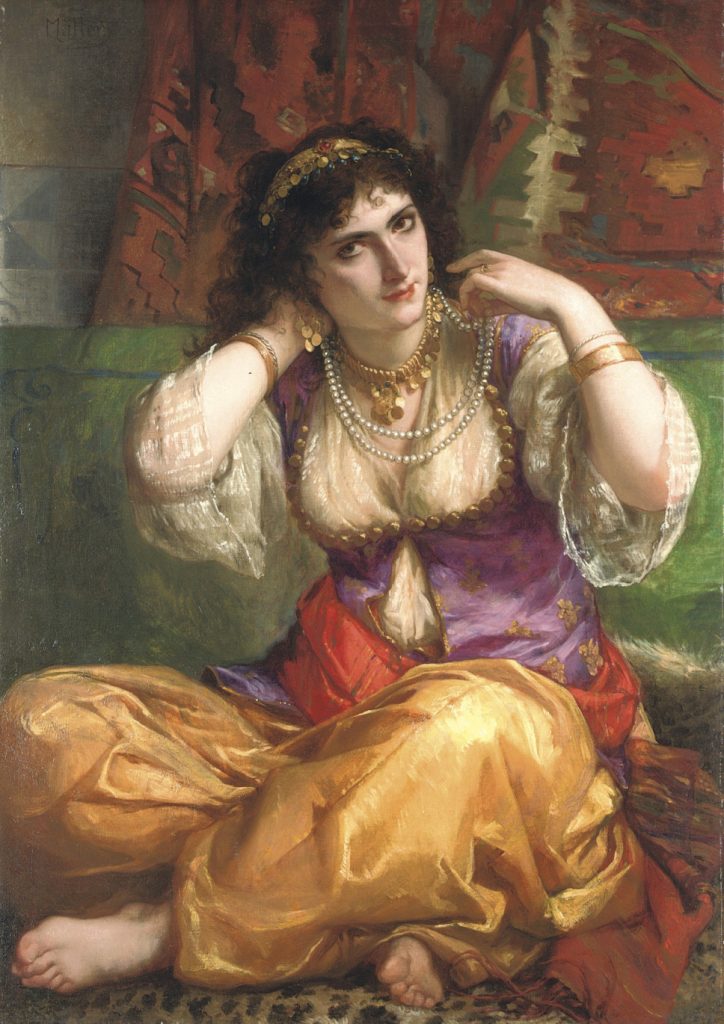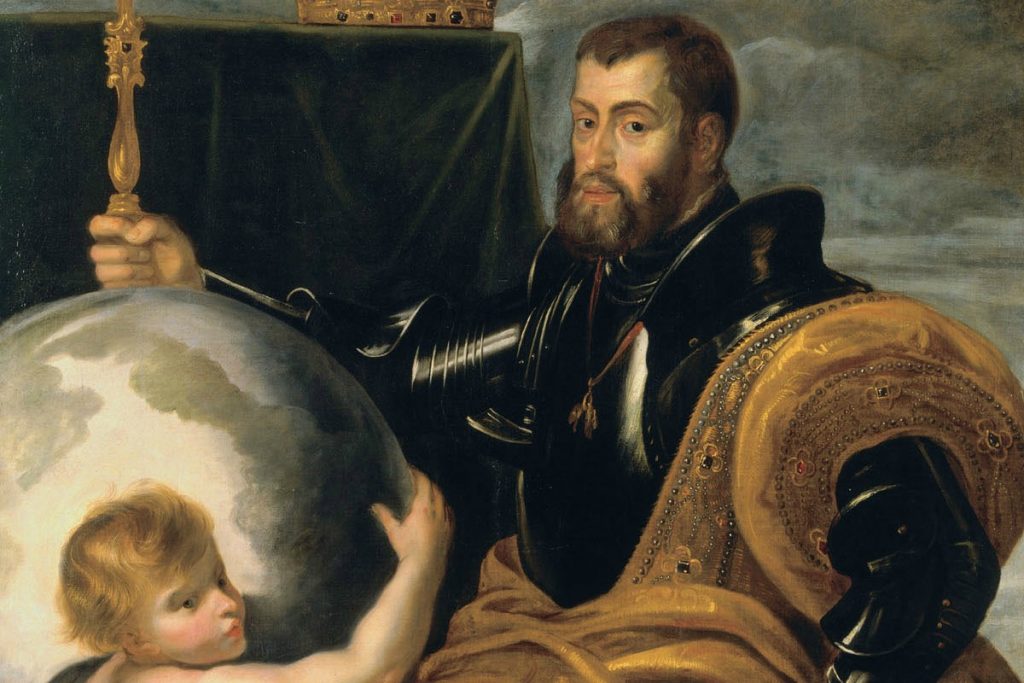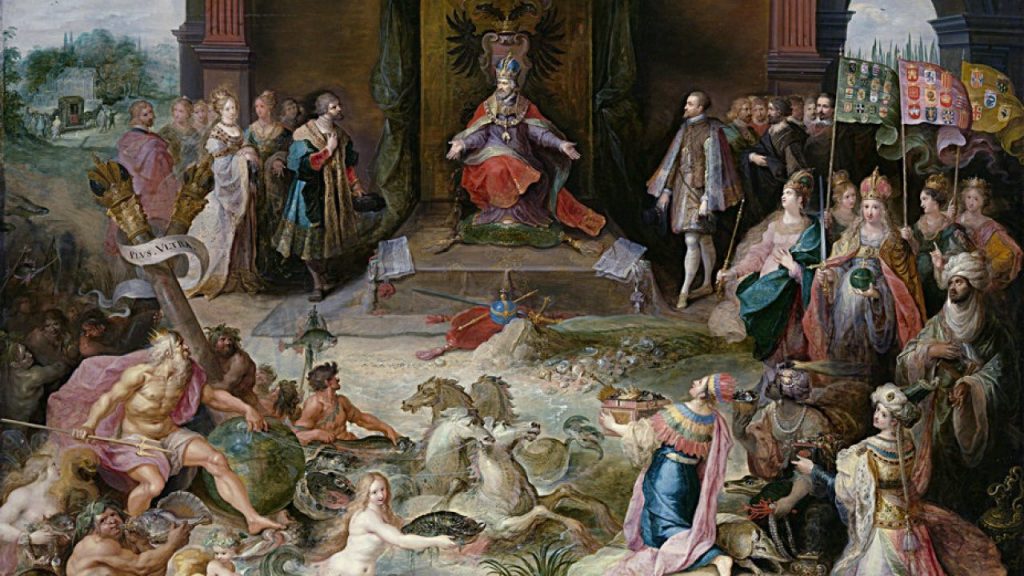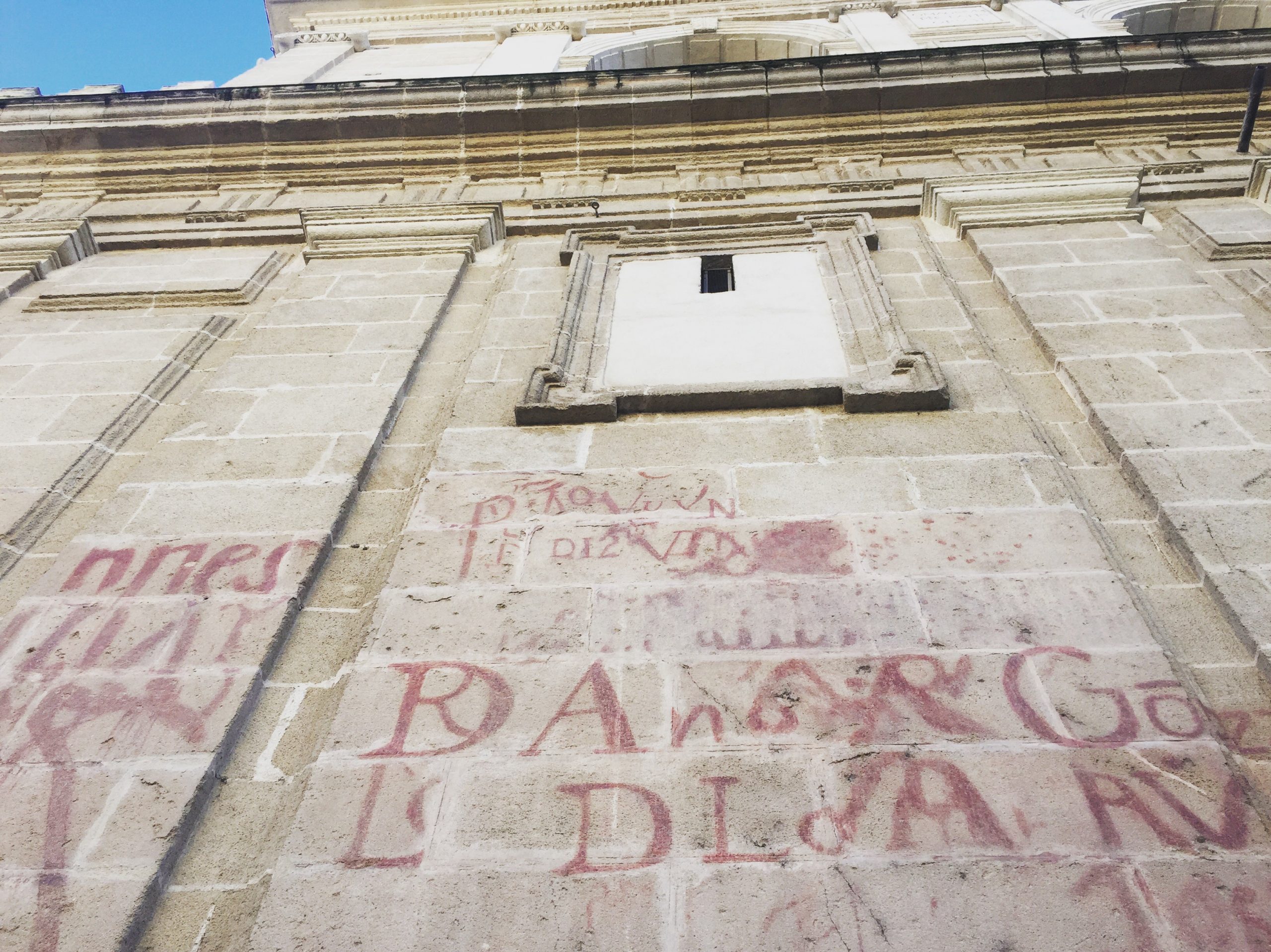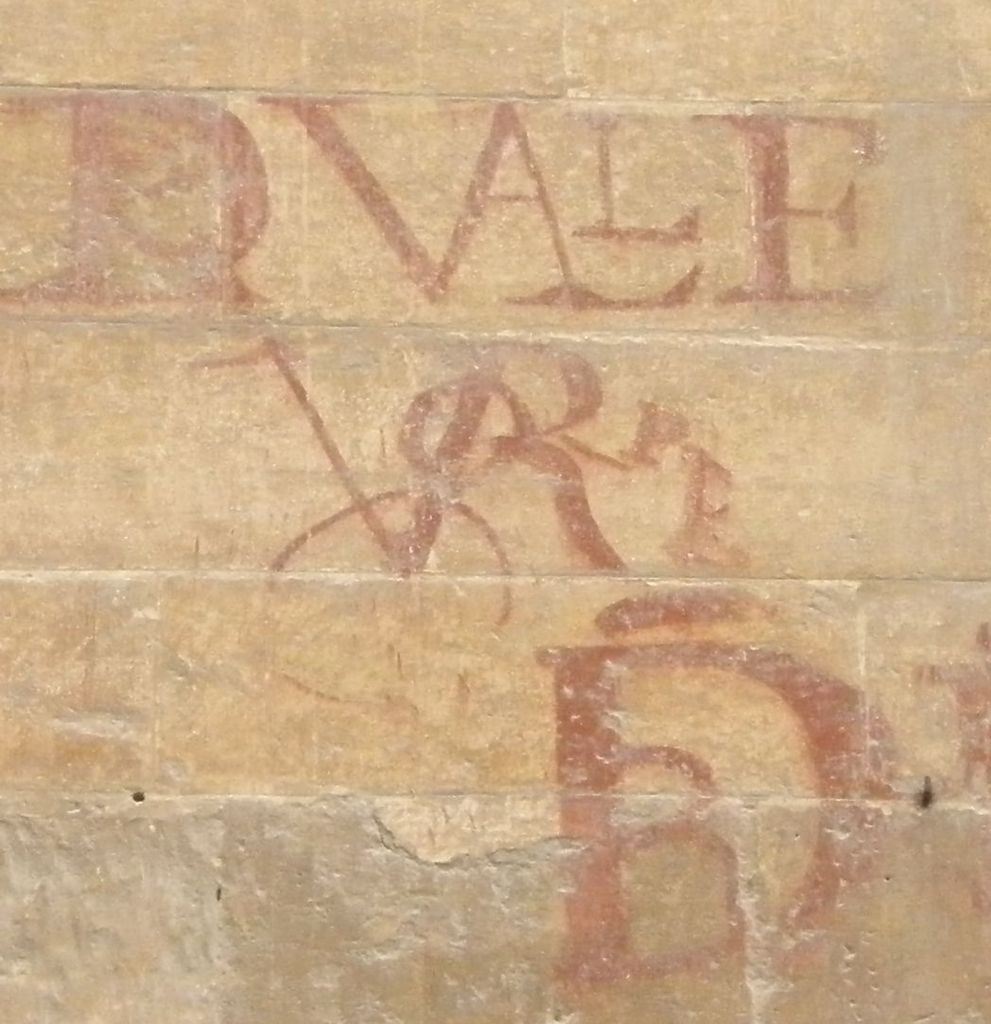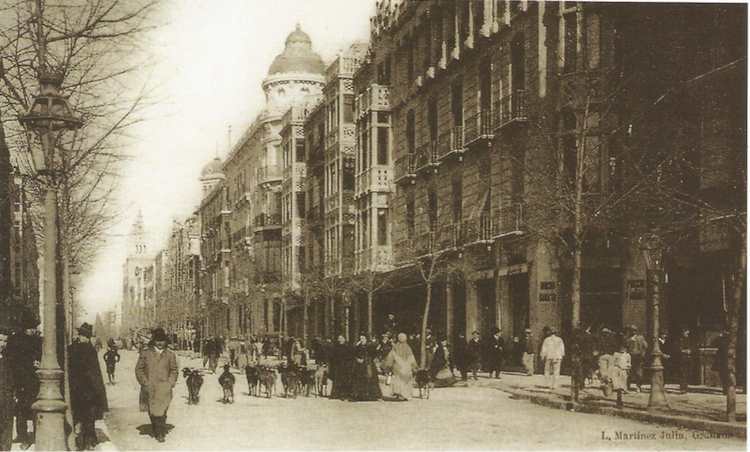INFORMATION TO VISIT THE ALHAMBRA
ALHAMBRA HISTORY
Essential, fascinating, mysterious … for years the most visited monument in Spain and the greatest exponent of Islamic culture in Western civilization.
Discover this jewel of Al-Andalus architecture in a relaxed and detailed way.
Take advantage of your visit to this marvel of architecture to meditate and understand, with the help of a private guide, the magic and symbolism that surrounds each of these Nasrid Palaces.
The Alhambra is, in fact, the only palatial city from the Islamic period that has been preserved to this day
The name of Alhambra comes from the Arabic “al-Qal’a al-hamra” (the red fortress) and its first builder, Muhammad I, was also known as “El Rojo” because of the coloring of his beard.
¡A spectacle to behold and the perfect place for the best photos, we will have time for everything!
ALHAMBRA MAPS
General map of the Alhambra
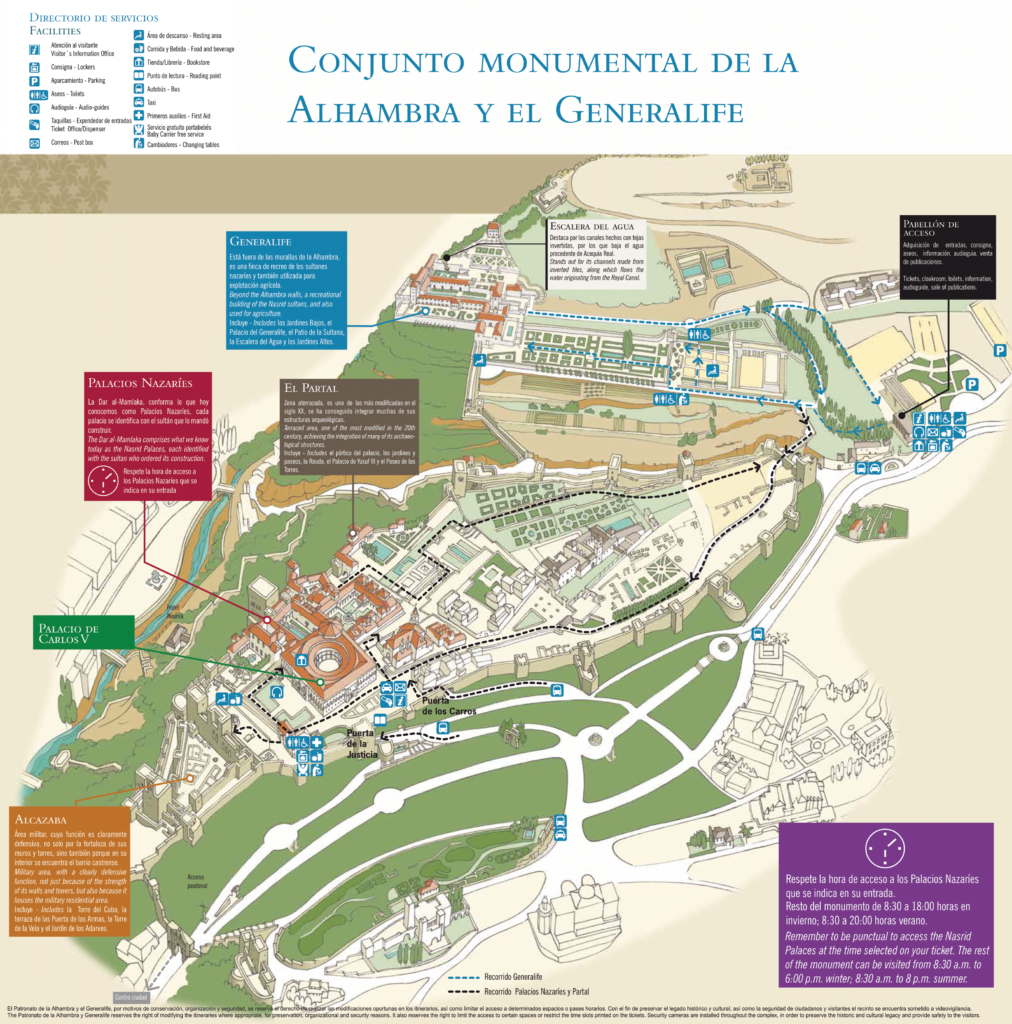
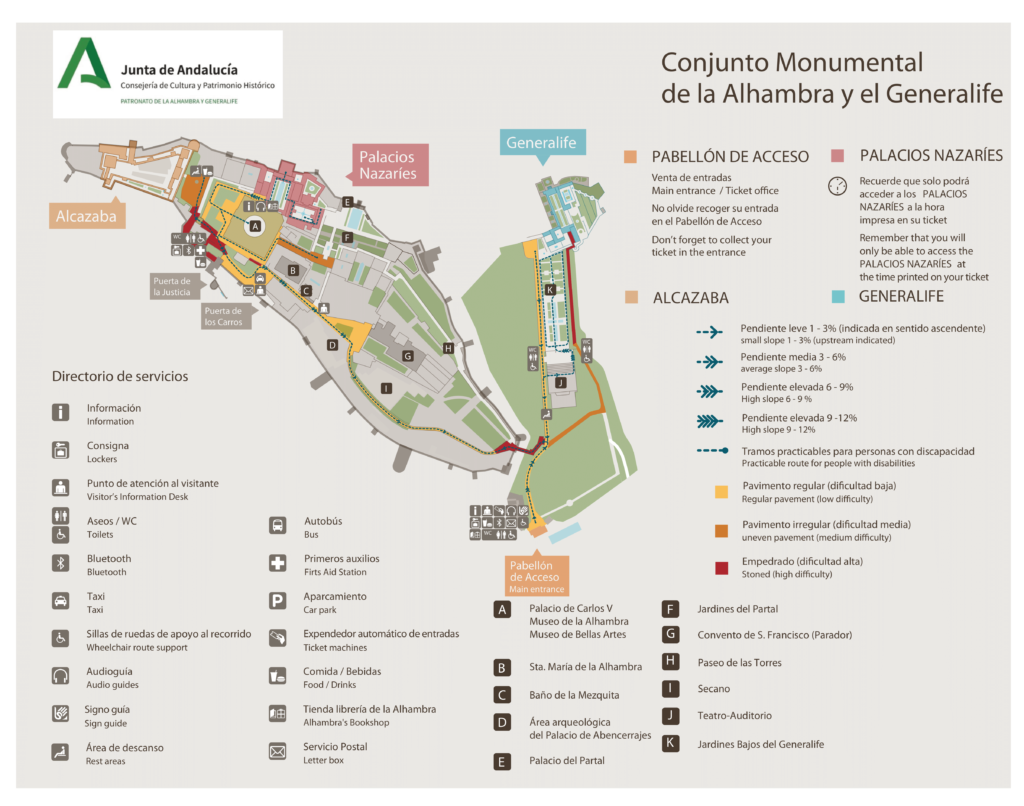
Granada city map
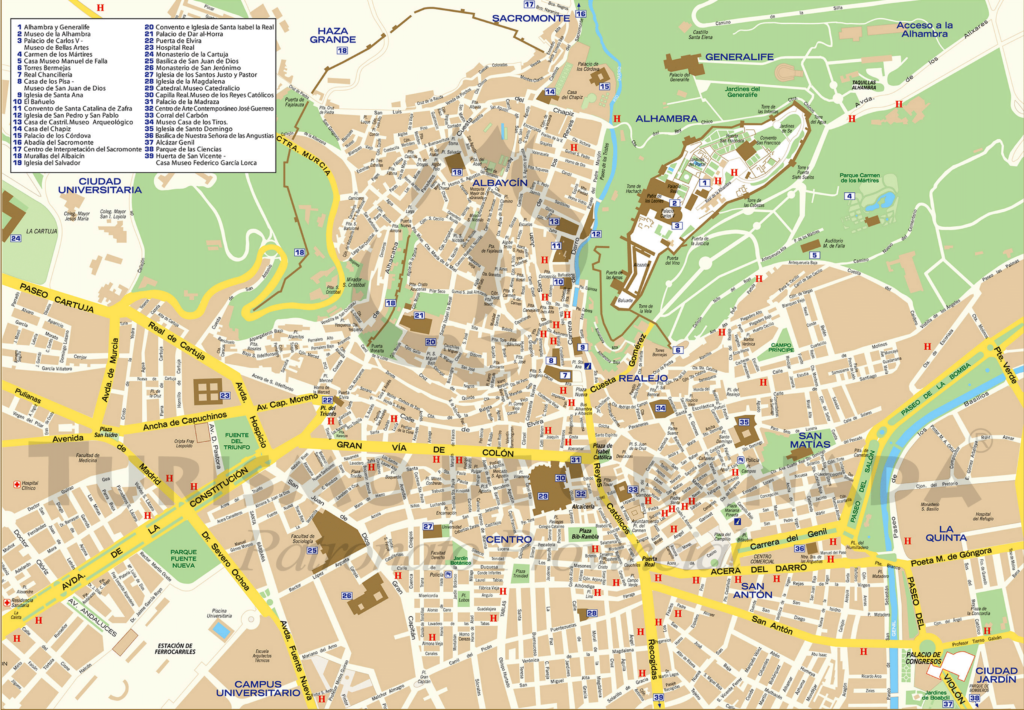
Plane Nazaríes palace
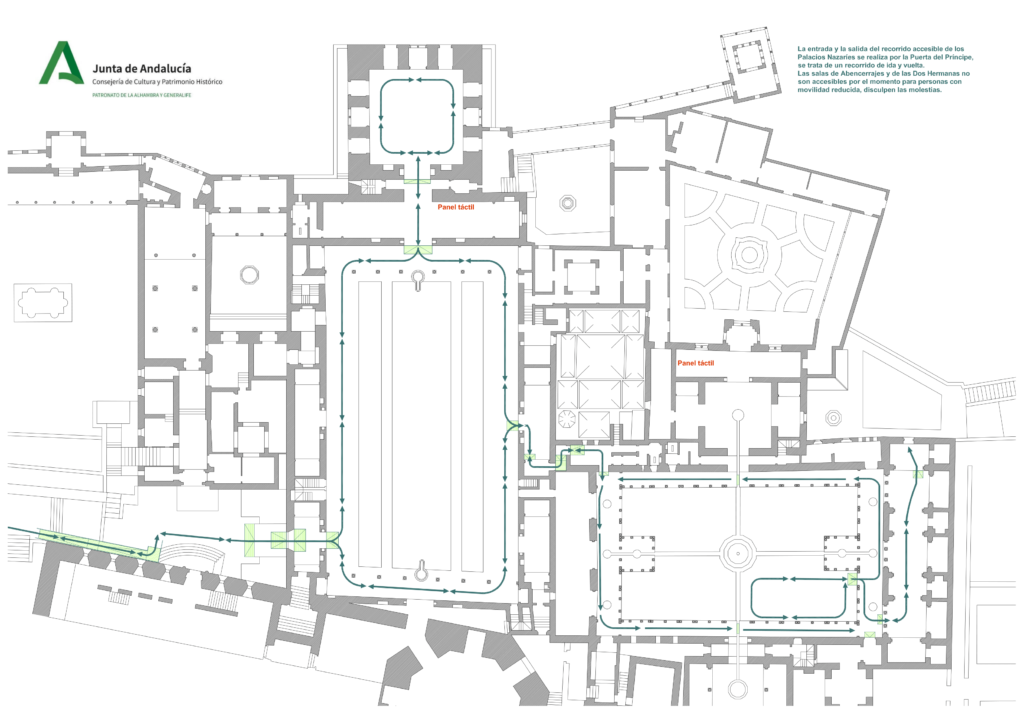
HOW TO GET TO THE ALHAMBRA
PRIVATE TRANSPORT
The private cars have their access to the Ronda Sur. Go to the Granada ring road, southward (Motril) has once lined the city, find the address Alhambra (Ronda Sur) to the parking of the monument, where we encourage you to leave your vehicle. The parking fee is 2.35 euros / hour., The lockers are very near.
The parking of the Alhambra has 500 seats and is guarded 24 hours a day.
From Granada airport, take the A-92, ring road of Granada, Ronda exit 132 South and exit 5-A Alhambra.
PUBLIC TRANSPORT
The 30 and 32 Lines of the city bus have the following stops in the Alhambra complex: 1 The Ticket Offices (Entrance Pavilion), 2 Torre de las Cabezas [Tower of the Heads], near the Charles
V Palace and the Nasrid Palaces, and 3, the Puerta de la Justicia [Gate of Justice], the nearest to the Alcazaba.
The bus stop is, specifically, to the back of the monument of Queen Isabella and Christopher Columbus
WALKING
If you enjoy walking, the best option is to walk up from the Plaza Nueva, through the woods, down the street Cuesta de Gomérez or climb the Cuesta de los Chinos street from the Paseo de los Tristes or the neighborhood Realejo to Hotel Alhambra Palace from the Campo del Principe.
All the options represent a rise walk, quite steep, about 1 km.
YOU CAN ACCESS THE COMPLEX OF MONUMENTS:
Directly from the ticket offices (access nearest to the Generalife).
Through the Puerta de los Carros [Gate of the Carts]. The most used, since it is right in the middle, near the Torre de las Cabezas [Tower of the Heads].
Through the Puerta de la Justicia [Gate of Justice].
ALHAMBRA OPENING TIMES
General day visit
From 1st April to 14th October
Monday to Sunday
Visiting hours -8.30 a.m. to 8 p.m
Ticket office – 8 a.m. to 8 p.m
From 15th October to 31st March
Monday to Sunday
Visiting hours – 8.30 a.m. to 6 p.m
Ticket office – 8 a.m. to 6 p.m
Gardens day visit
From 1st April to 14th October
Monday to Sunday
Visiting hours -8.30 a.m. to 8 p.m
Ticket office – 8 a.m. to 8 p.m
From 15th October to 31st March
Monday to Sunday
Visiting hours – 8.30 a.m. to 6 p.m
Ticket office – 8 a.m. to 6 p.m
Nasrid Palaces Night Visit
From 1st April to 14th October
Tuesday to Saturday
Visiting hours -10 p.m. to 11.30 p.m
Ticket office – 9 p.m. to 10.45 p.m
From 15th October to 31st March
Friday and Saturday
Visiting hours – 8 p.m. to 9.30 p.m
Ticket office – 7.00 p.m. to 8.45 p.m
Gardens Night Visit
From 1st April to 31st May
Tuesday to Saturday
Visiting hours -10 p.m. to 11.30 p.m
Ticket office – 9.00 p.m. to 10.45 p.m
From 1st September to 14th October
Tuesday to Saturday
Visiting hours – 10 p.m. to 11.30 p.m
Ticket office – 9.00 p.m. to 10.45 p.m
From 15th October to 14th November
Friday and Saturday
Visiting hours -8 p.m. to 9.30 p.m
Ticket office – 7.00 p.m. to 8.45 p.m
- Entrance to the Nasrid Palaces is strictly limited to the time slot indicated on the ticket.
- Admission to this area will finish an hour before closing time.
- Visitors will be asked to leave the Monument at closing time.
- The Alhambra is closed on 25th December and 1st January.
- You may purchase your tickets for the Alhambra on the Internet.
SERVICES IN THE AlHAMBRA
VISITOR INFORMATION
- Information services are situated in the Entrance Pavilion and the Services Pavilion next to the Wine Gate (Puerta del Vino). Information to be obtained: where the entrances and toilets are situated, timetables and itineraries.
- Telephone number for visitors: 902 441 221
CAR PARK
- The Council of the Alhambra and the Generalife has implemented a public car-park to facilitate visit to the Monumental complex. It goes from the roundabout of the cemetery’s entrance to the Entrance Pavilion, where the ticket offices are located
WHEELCHAIRS
- Wheelchairs are available upon request. Information can be obtained from the Entrance Pavilion or directly from the Security personnel inside the Monument
LEFT LUGGAGE OFFICE
- All parcels and bags larger than 35 cm (approximately 12 inches) must be deposited at the Left Luggage Office in the Entrance Pavilion.
FIRST AIDS
- This is a service provided by staff of the Red Cross. It is located in the Hall Services, Wine gate of the Alhambra.
MUSEUMS AT THE PALACE OF CHARLES V
MUSEUM OF THE ALHAMBRA. Charles V Palace
The Museum of the Alhambra is located on the south side of the ground floor of the Palace of Charles V (Palacio de Carlos V). It has seven halls, the first hall houses thematic exhibitions and the other halls are located in chronological order
SUMMER VISIT HOURS
1 APRIL – 14 OCTOBER1
Wednesday to Saturday: 8:30 to 20.00 h
Sunday and Tuesday: 8.30 to 14.30 h
Mondays: closed
WINTER VISIT HOURS
15 OCTOBER – 31 MARCH
Wednesday to Saturday: 8:30 to 18 h
Sunday and Tuesday: 8.30 to 14.30 h
Mondays: closed
SATURDAYS IN THE MUSEUM (MAY TO SEPTEMBER)
8.30 – 21.30 h
Free entrance
FINE ARTS MUSEUM
The Fine Arts Museum occupies the top floor of the Palace. Its funds are Grenadines sculptures and paintings from the fifteenth to the twentieth century.
Schedule
From March 16th to June 15th and September 16th to October 15th
Tuesday – Saturday: 9:00 to 19:30
Sundays and Holidays: 9:00 to 14:30
Mondays: Closed (except holidays)
From October 16th to March 15th
Tuesday – Saturday: 9:00 to 18:00
Sundays and Holidays: 9:00 to 15:30
Mondays: Closed (except holidays)
From June 16th to September 15th
From June 16th to September 15th
Tuesday – Sundays: 9:00 to 15:30
Mondays: Closed (except holidays)
Closed
24th, 25th and 31st December
1st and 6th January
1st May
Entrance Fee
Price: 1,50 €.
Free admission for European Union citizens, students with International Cards, ICOM Members, over 65 year-old, pensioners and people with a disability of at least 33%.
School and group visits: by appointment.



 ¡New PDF Guide!
¡New PDF Guide! 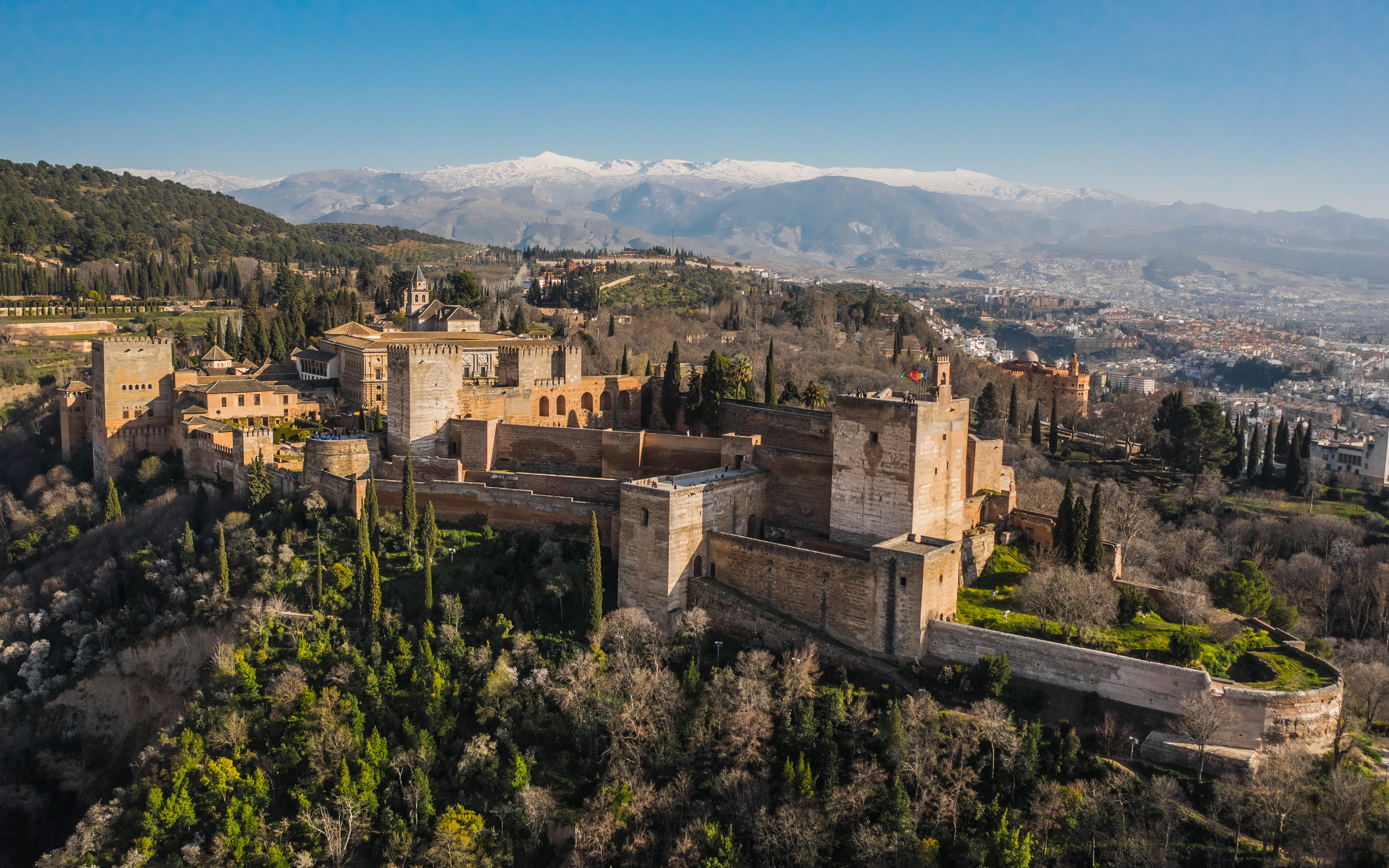

 Calle Rector Lopez Argüeta 9, Granada
Calle Rector Lopez Argüeta 9, Granada 